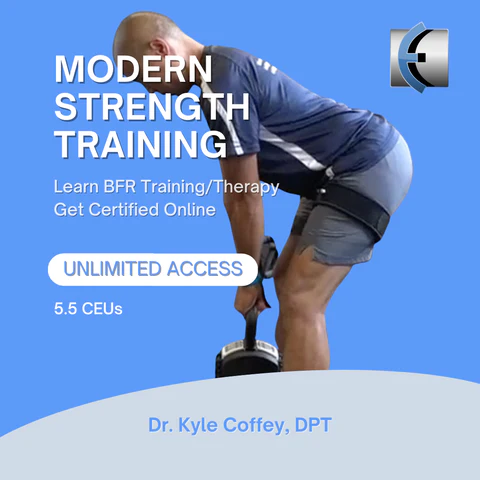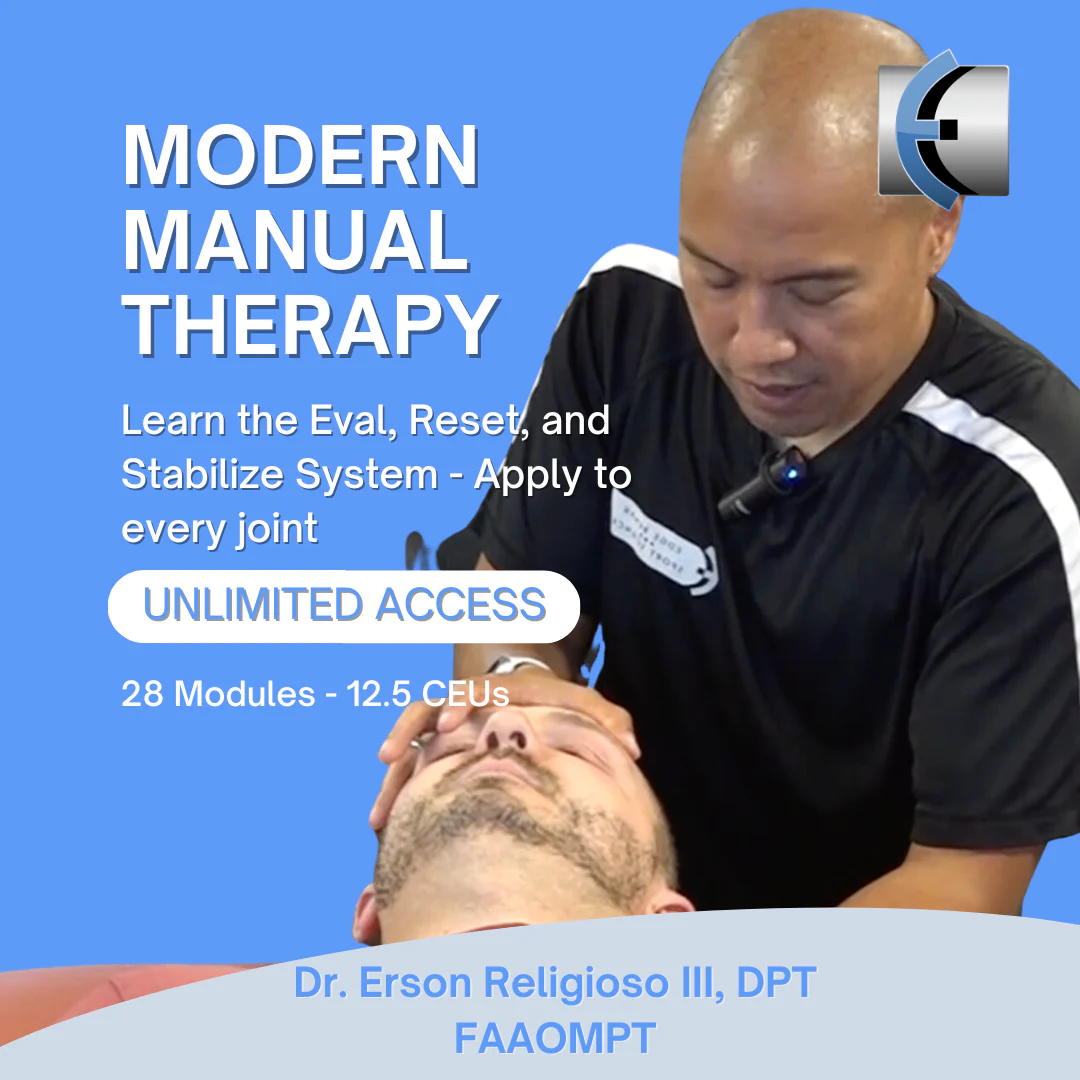Upper and lower extremity symptoms of spinal origin are often difficult to evaluate and treat. This advanced course is designed to acquaint the clinician with complex upper and lower extremity spine related neuromusculoskeletal conditions, develop an evidence-based differential diagnostic assessment, and integrate a multi-modal treatment approach. The integrated use of non-thrust mobilization, high-velocity low-amplitude thrust manipulation, dry needling, repeated motions, neurodynamics, and/or exercise will be addressed.
COURSE OBJECTIVES:
- Recognize typical & atypical upper/lower quarter symptoms of spinal origin.
- Interpret the evidence supporting the diagnosis of spinal related upper/lower quarter symptoms.
- Interpret the evidence supporting manual treatment of spinal related upper/lower quarter symptoms.
- Efficiently differentiate local versus spinal generated upper/lower quarter symptoms using physical examination.
- Apply, and support with clinical reasoning, appropriate treatment techniques to reduce or centralize spinal related upper/lower quarter symptoms.
- Modify techniques based on severity and origin of distal spinal symptoms.
- Construct treatment paradigms using multiple interventions including dynamic traction, mobilization, manipulation, exercise, neurodynamics and dry needling.
- Utilize appropriate outcome measures in patients with upper/lower quarter symptoms of spinal origin.
- Contrast the role, risks, and benefits of Medical Pain Management in patients with upper/lower quarter symptoms of spinal origin.
- Prepare and successfully complete 2 case study presentations.

